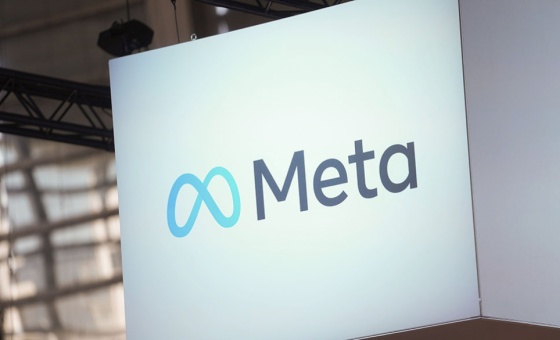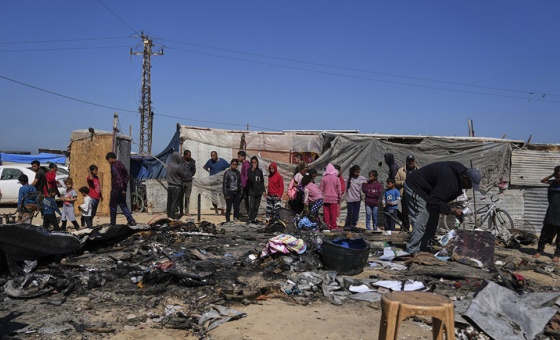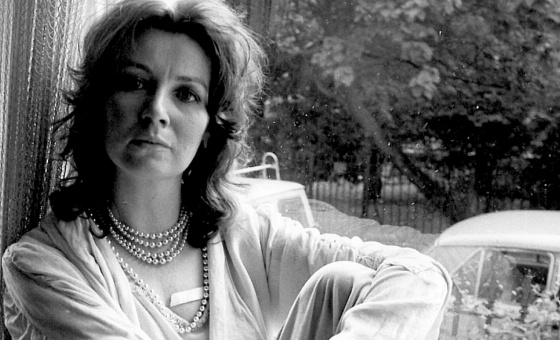This is the last article you can read this month
You can read more article this month
You can read more articles this month
Sorry your limit is up for this month
Reset on:
Please help support the Morning Star by subscribing here
FOR a firm that has ripped off almost every major fantasy trope since Homer’s Odyssey, Blizzard Entertainment is intimidatingly modern, both in its intent and in the way its games have been taken up by fans. A little over a year on from release, Blizzard’s Hearthstone title makes an excellent case study for talking about the fast-changing world of gaming and how players are being cleverly shaken down.
Hearthstone is a game of virtual cards which pits players against opponents from all over the world.
The aim is to reduce the health of your opponent’s avatar to zero using an assortment of cards representing minions, spells or effects designed to control the board or attack the player character.
In theory Hearthstone is billed as free to play, with anyone able to download a “starter pack” and get better cards either by playing regularly or by paying. In practice it cashes in, for the most part, by making its most powerful cards very difficult to get without either playing obsessively, or paying serious money for randomly generated packs.
In addition, regular expansions force players who are trying to get higher up its online ranking system to immediately invest if they want to stay competitive. The benefits of this piecemeal method of providing cards became obvious shortly after Hearthstone’s first expansion, Curse of Naxxramas.
Players who were ranking high on its servers in Europe, the US and Asia began posting “unwrap videos,” opening up to 60 packs at a time. That’s £47.99 for 300 digital cards which may or may not provide you with all the available content and which you can’t trade with anyone else.
While gamers do pay in at different rates, this adds up to anything but a free game. In fact Hearthstone, which famously was made by just 15 developers, is estimated to have pulled in $114 million (£73.4m) in revenue in its first six months from sales. And unlike traditional one-off games, is set to keep up that pace for some time to come.
But this is simply the traditional side of Hearthstone’s dual-prong approach. The other is aimed specifically at hooking, and monetising, the young and casual live broadcast.
Blizzard, alongside its parent company Activision, is one of the biggest players in the emerging field of electronic sports (esports) and live-broadcast gaming, which are themselves focused on online streaming service Twitch.tv, a $1 billion (£644m) juggernaut watched by 100 million people every month, almost exclusively in the 18-34 age bracket.
Titles such as Hearthstone and Dota 2 draw huge audiences to watch top-ranked gamers play live, often commentating as they do so. Imagine if, rather than listen to Alan Shearer drone on about what he thinks is in the head of Luis Suarez, you were able to listen to Suarez narrate his own playing experience in real time while a ticker allowed him to respond directly to queries from fans.
That’s how Twitch users interact with their Hearthstone heroes. Jeffrey Shih, for example, known by his gaming name Trump, live-streams his play sessions and will explain his reasoning for making certain moves, even apologising to viewers just moments after they’ve informed him that he missed a winning hand.
In an environment where simply playing Hearthstone full-time wouldn’t make him a living, Trump broadcasts to generate income, receiving sponsorship and ad revenue, also soliciting donations while he plays.
If you’re a fan it’s an exciting form of spectator entertainment, watching and interacting in real time with some of the best exponents of your chosen hobby.
But in its full effect, what Trump and hundreds like him are also doing in this scenario is acting as full-time publicists and ambassadors for Blizzard Entertainment. The firm doesn’t pay him a penny, has full deniability as to his actions and no responsibility to look after him.
Trump must sell his personality, humour and skill on the most precarious of premises: that the game and he will remain popular in a world of 30-second attention spans. At the moment he has an audience, but for how long is anyone’s guess. And those of his peers who aren’t quite so witty, can’t get a sponsorship deal or lack the means to run a slick broadcast channel will earn nothing at all.
Blizzard and Twitch meanwhile derive the full benefit from what happens next. Audiences used to watching the platform are dragged towards company-run events, such as the Hearthstone World Championships.
These are huge money-making competitions which drive further uptake of the game, feature major sponsors and take place in increasingly large arenas with crowds paying up to $500 (£322) a ticket in the case of Dota 2 tournament The International.
A tiny number of players who dedicate their lives to the game will win prize money from this, but most won’t. A parallel might be if the FA told clubs and players to sort out their own funding while keeping all the cash made from major events — a sum which will increase as esports and online livestreaming expand.
This level of interlinked exploitation of gamers is staggering and often so subtle as to not feel like exploitation at all, until you see that profit margin. But these massive companies gain the ultimate benefits from an ecosystem made viable by gamers.
They are feeding from hundreds of young people struggling to live off turning the hobby they love into a 24/7 media production, a Sisyphean throwing of countless hours of gaming into the bottomless maw of consumer addiction.





